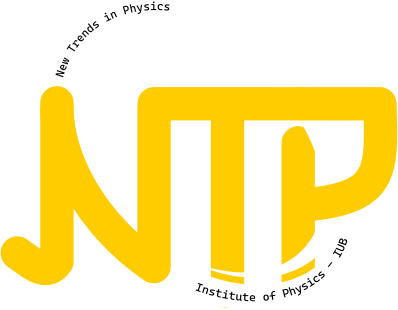Plagiarism screening Policy
Plagiarism Screening Policy
Plagiarism Screening Policy
The Institute of Physics at the Islamia University of Bahawalpur publishes the Pakistan Journal of Physical and Mathematical Sciences. Turnitin, a database that helps editors evaluate the originality of submitted articles, is followed by The Islamia University of Bahawalpur, Pakistan. Turnitin is used to analyze all supporting documentation and calculate the similarity index or plagiarism.
Plagiarism
Plagiarism occurs when an author attempted to move off another person's work on his or her behalf. Duplicate publication, also known as self-plagiarism, occurs when an author reuses significant portions of his or her personal previously published work without properly referencing it. This can range from publishing the same paper in different publications to salami-slicing, in which authors add little quantities of fresh data to an existing paper.
Plagiarism Strategy of PJPMS
- Pakistan Journal of Physical and Mathematical Sciences is dedicated to disseminating and promoting original research on the subject of medical sciences.
- Plagiarism takes many forms; as a result, PJPMS will not tolerate plagiarism in any form at any level because it demonstrates unscrupulous publishing conduct.
- Turnitin software would be used to check all manuscripts for plagiarism.
- Plagiarism-detected manuscripts are addressed according to the amount of plagiarism. A manuscript having a similarity value of less than 17% can be approved for publication.
- If the document contains less than 30% plagiarism, it will be assigned an ID and forwarded to the assessment process.
- If the article contains 15-30% plagiarism, the manuscript will be assigned an Identification and returned to the writer for text modification.
- If so many than 30% of the article is determined to be plagiarized, the writers are very unlikely to edit the article and submit the updated version. Authors may, however, make the necessary adjustments and resubmit the work as a new submission.
- If you detect plagiarism inside a copyrighted publication, you should:
To handle a plagiarism issue, a precise process is adopted. The individual who first alerted us to the problem is notified of the procedure to be followed. The articles are compared to see how much duplicating there is. All PJPMS Editors are notified and requested for their feedback. The corresponding author of the in-question article is selected to answer to reply to supporting documentation of plagiarism. If the authors are determined to have plagiarized
The editors of the journal in which the plagiarized work was originally published, as well as the plagiarized article's writers, are notified. An official retraction of the paper is published by the PJPMS. The updated portal of the PJPMS paper is removed from either the OJS site owner and for the next five years, the PJPMS will not publish any article by any of the authors involved.

 Citation Guide
Citation Guide Submission Guide
Submission Guide Bibtex Guide
Bibtex Guide
